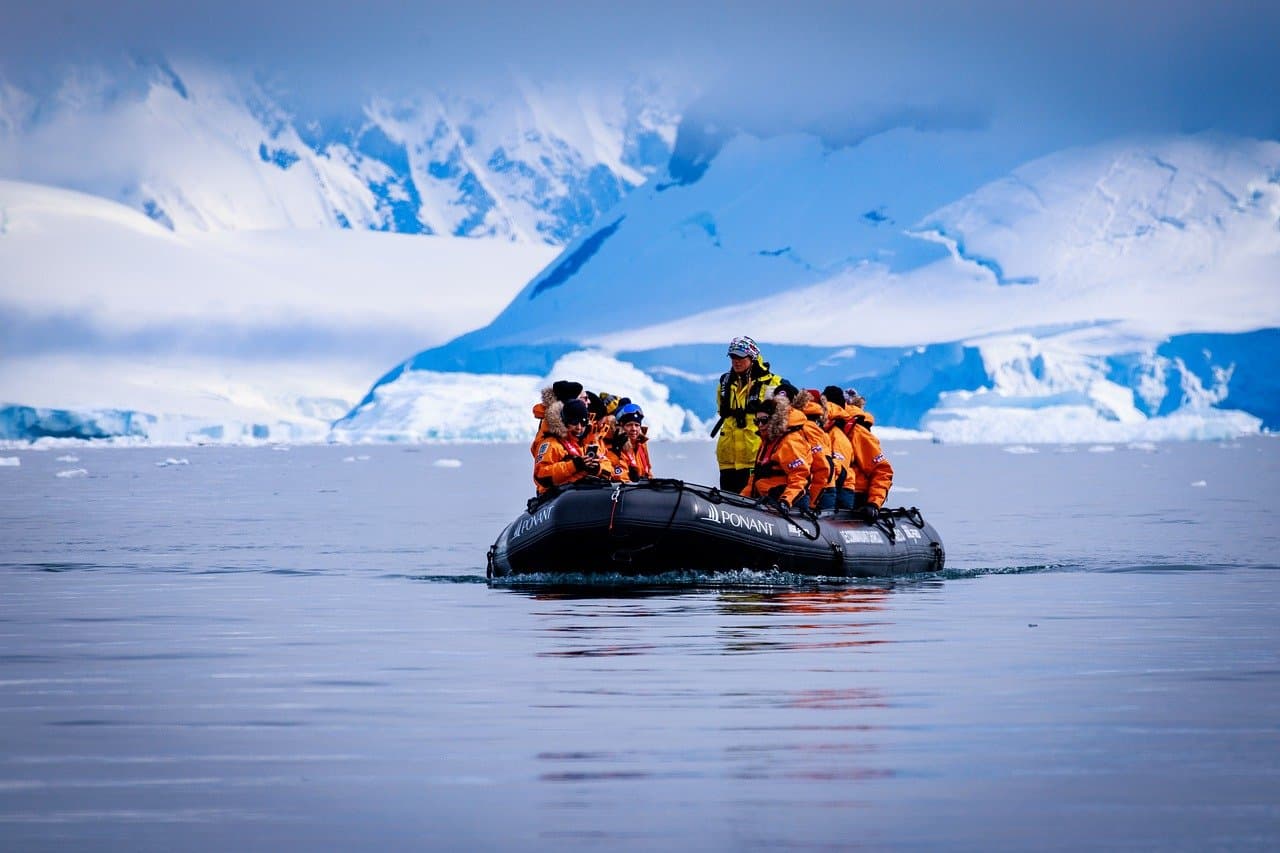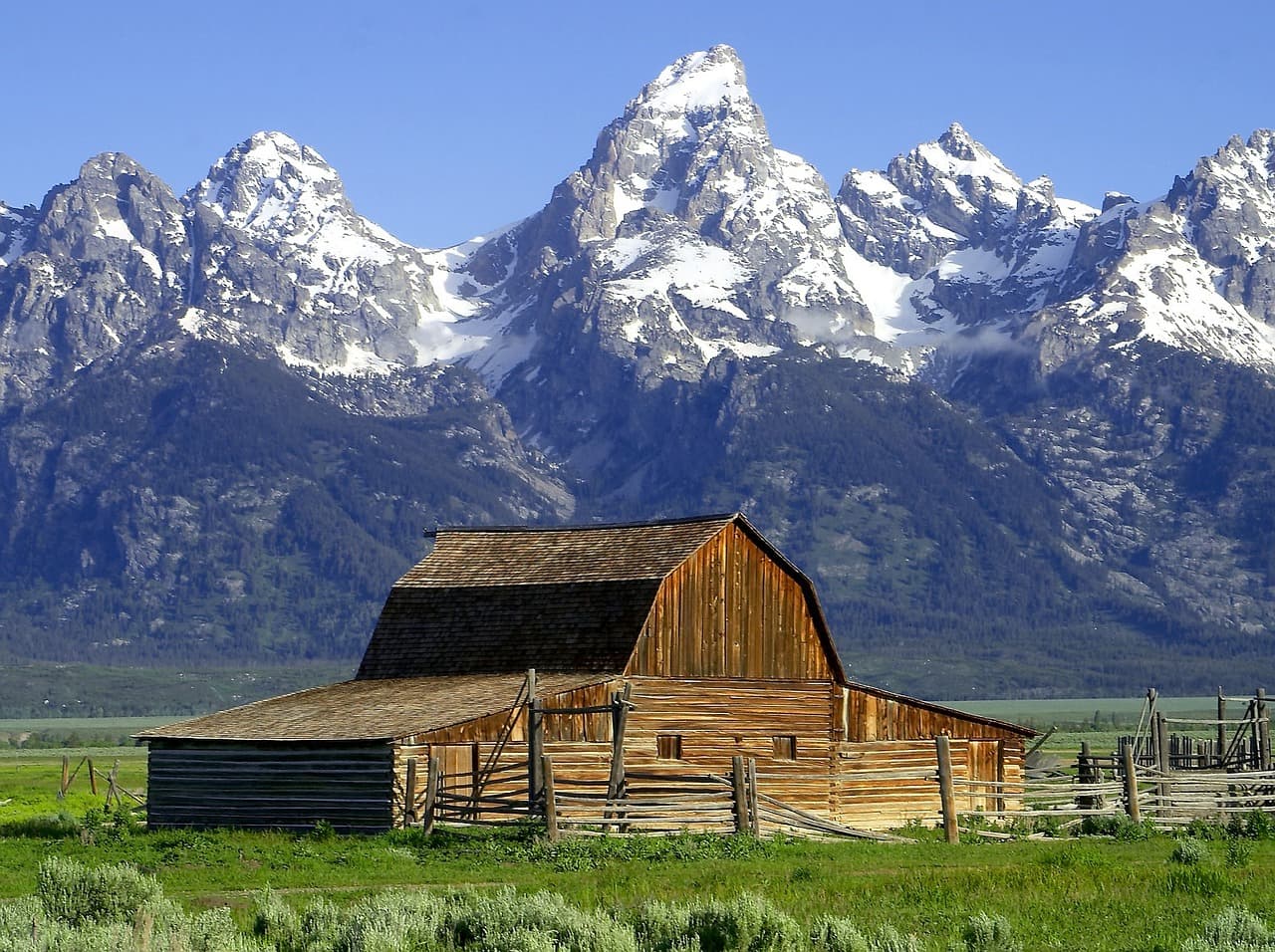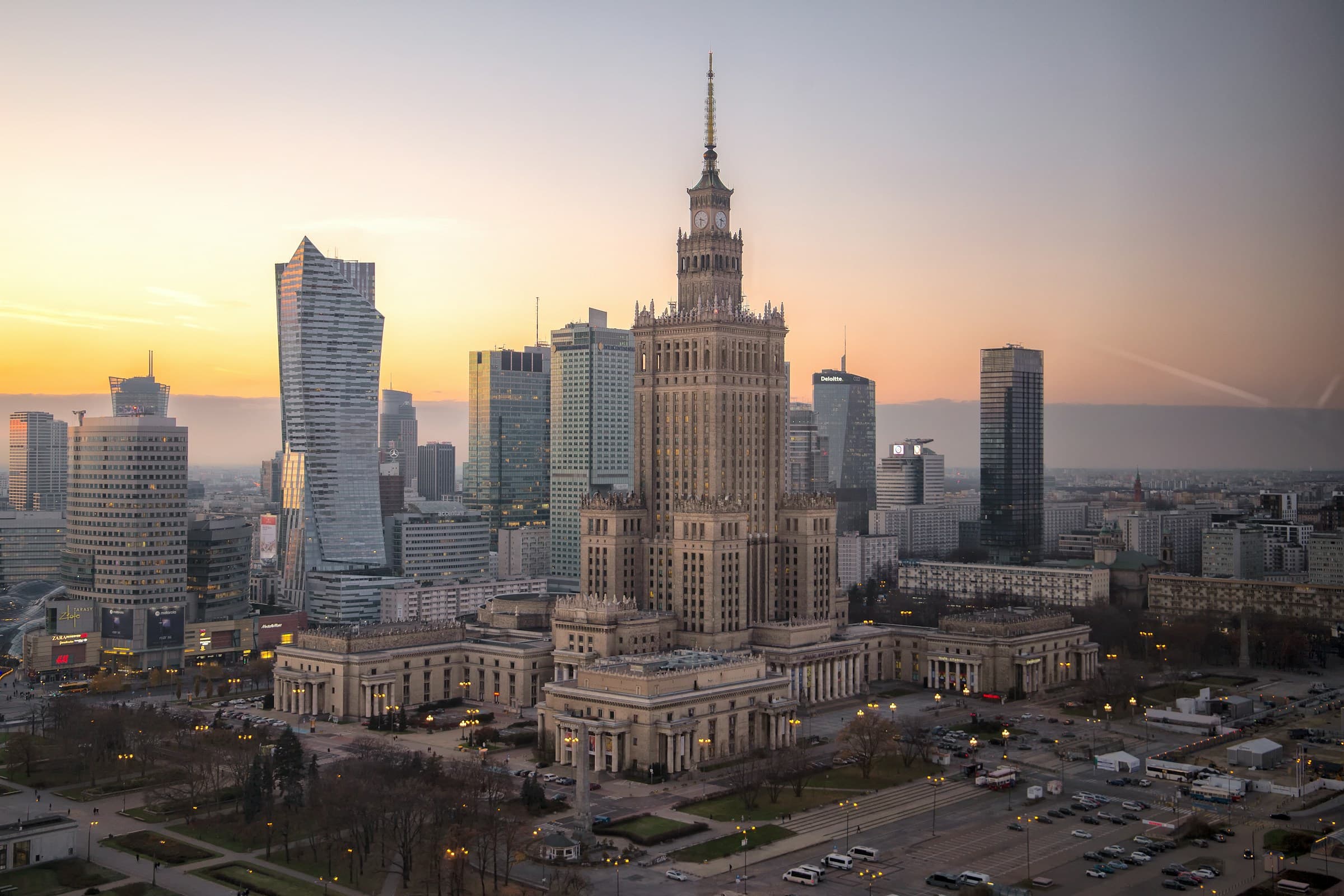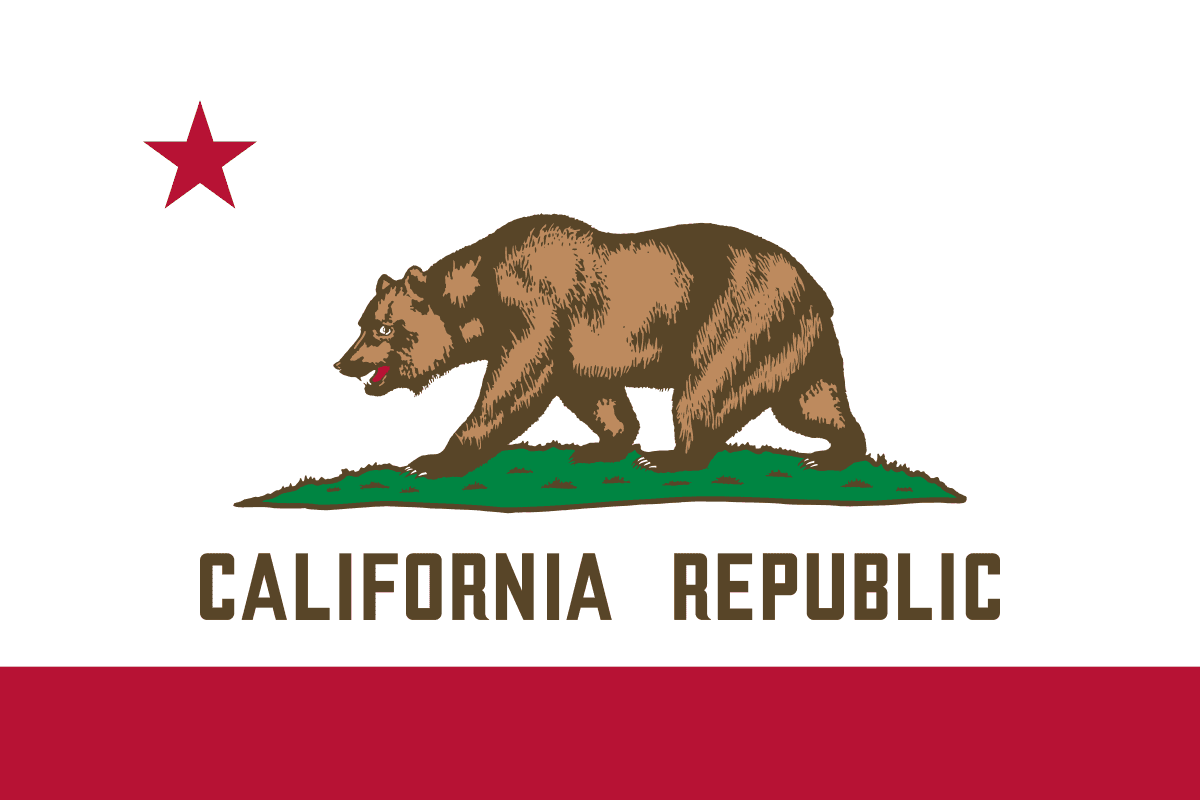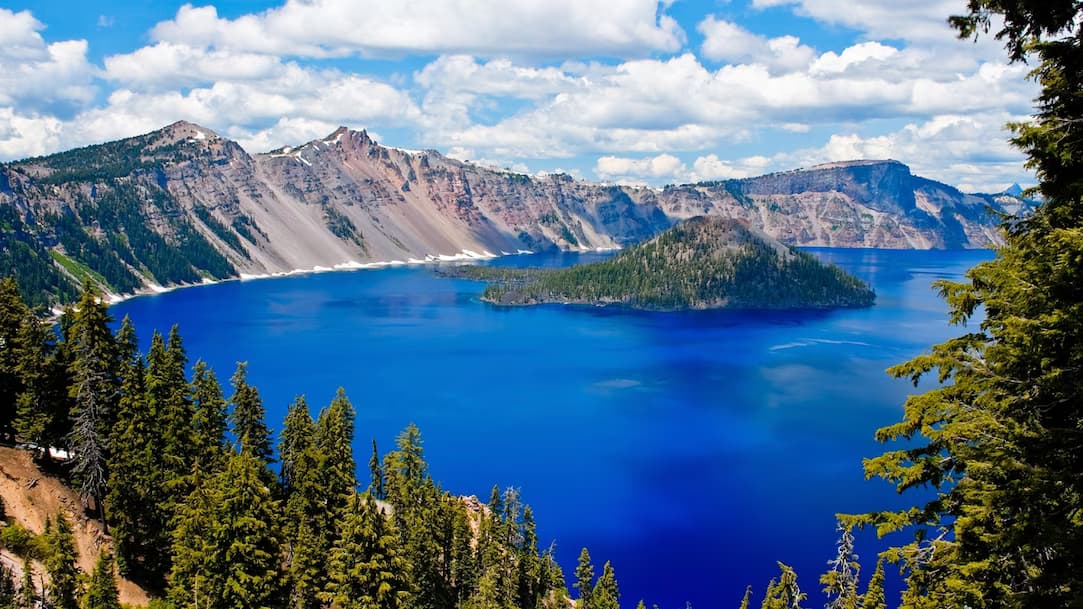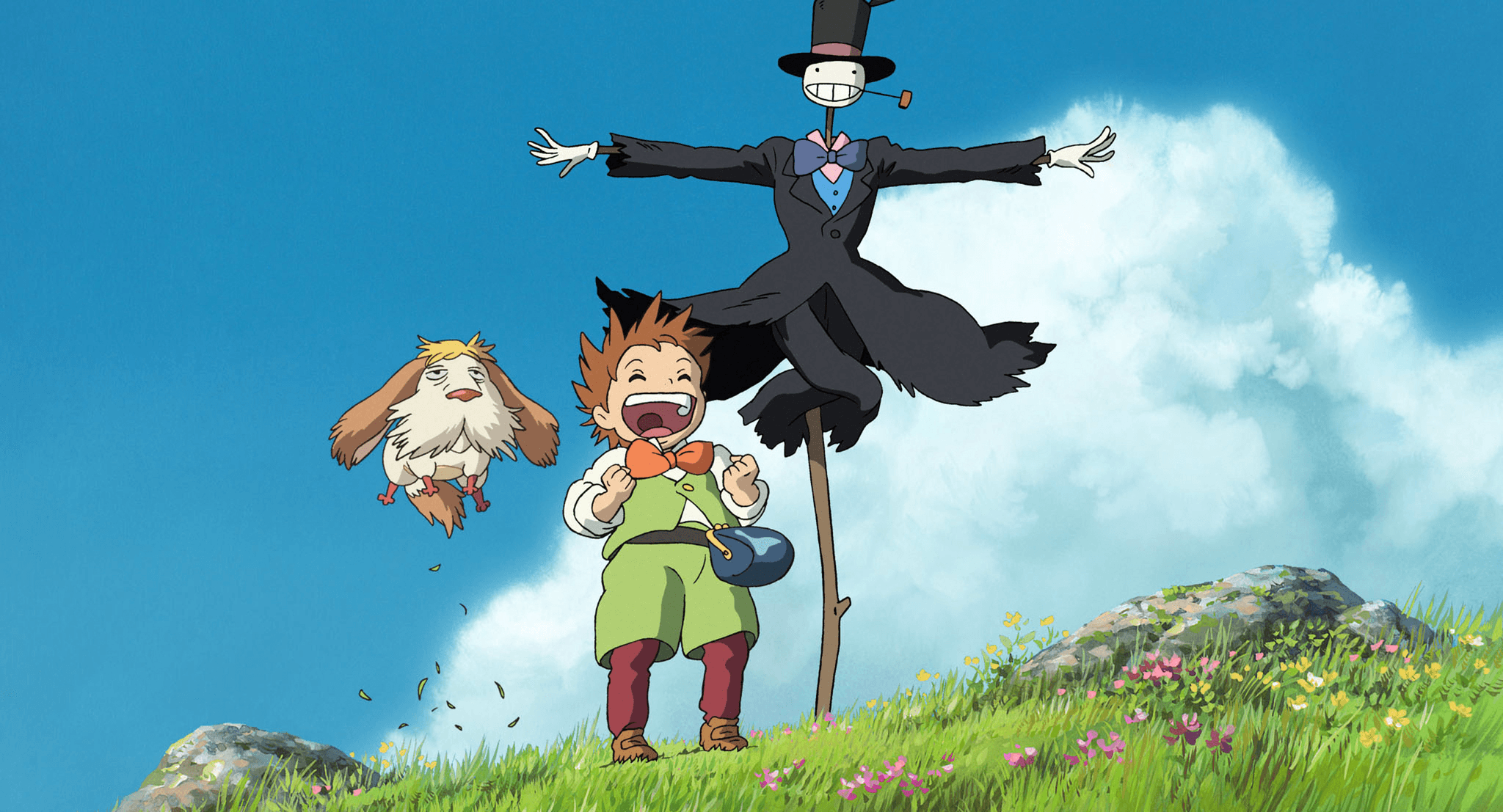🏞️Best Adventure Travel Destinations
This list showcases adventure travel destinations that offer thrilling experiences in stunning natural settings. From breathtaking landscapes to exhilarating outdoor activities, these locations are perfect for those seeking adventure and exploration.
- 0
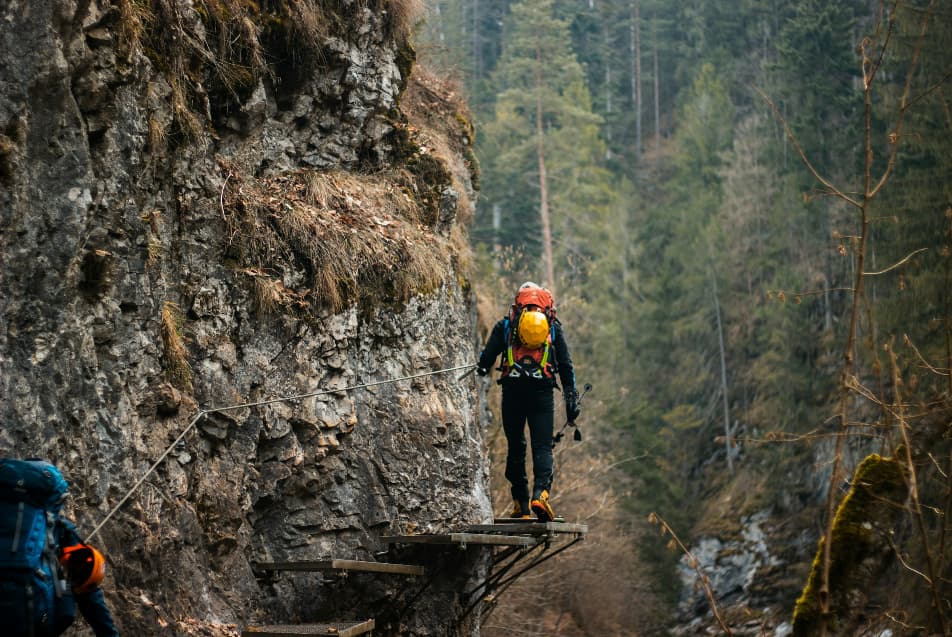
Slovenský raj National Park is one of Slovakia’s most stunning natural areas. The name means "Slovak Paradise," and it fits—the park is a maze of deep gorges, waterfalls, and dense forests, crisscrossed by ladders, wooden bridges, and chain-assisted pathways that turn hiking into an adventure. If you like nature with a bit of adrenaline, this place is for you. The park is in eastern Slovakia, covering nearly 200 square kilometers of rugged limestone terrain. Over centuries, the Hornád River and its tributaries carved dramatic canyons and ravines into the landscape. The most famous of these is Suchá Belá, a gorge with wooden walkways and metal ladders leading past waterfalls. Prielom Hornádu, a breathtaking river canyon, is another highlight, where hikers traverse cliffside ledges and wade through the river itself. One of the most famous viewpoints is Tomášovský výhľad, a rocky outcrop offering sweeping views over the Hornád valley. Rock climbers love it, but you don’t need ropes to reach the top—just sturdy hiking boots and a bit of stamina. Hidden beneath the park’s surface are over 350 caves, but only Dobšinská ľadová jaskyňa (Dobšinská Ice Cave) is open to visitors. This UNESCO-listed cave, filled with massive ice formations, is one of the largest ice caves in Europe and stays frozen year-round. Wildlife thrives here. The dense forests, covering 90% of the park, shelter brown bears, wolves, lynxes, and golden eagles. The meadows are filled with rare flowers, and the park has one of the highest concentrations of butterflies in Slovakia. Tourists flock to the park year-round. In summer, it’s a haven for hikers, and in winter, the trails turn into cross-country ski routes. The main gateways are the villages of Čingov, Podlesok, and Dedinky, where you’ll find accommodations and trailheads leading into the wilderness. If you’re looking for a national park that combines raw beauty with a bit of adventure, Slovenský raj is a must-visit.
